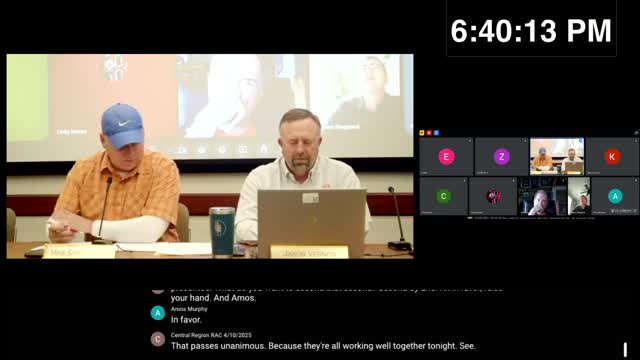Utah officials propose doubling Pronghorn permits to manage population growth
April 11, 2025 | Utah Office of Tourism, Utah Governor's Office of Economic Opportunity, Offices, Departments, and Divisions, Organizations, Utah Executive Branch, Utah
Thanks to Excel Chiropractic and Scribe from Workplace AI , all articles about Utah are free for you to enjoy throughout 2025!

This article was created by AI using a video recording of the meeting. It summarizes the key points discussed, but for full details and context, please refer to the video of the full meeting. Link to Full Meeting
One of the most striking outcomes from the meeting was the proposal to double the number of limited entry buck pronghorn permits since 2017. This increase is supported by high success rates for hunters, which range between 80 to 85 percent, reflecting strong hunter satisfaction. The Parker Mountain unit, in particular, has emerged as a focal point due to its robust pronghorn population, necessitating additional harvest to manage growth effectively.
Concerns were raised by local residents regarding pronghorn numbers and their impact on the environment, particularly in Wayne County. The area has experienced fluctuations in pronghorn populations, leading to worries about overpopulation and competition for forage on federal lands. The meeting underscored the importance of balancing wildlife management with community interests, especially for those holding federal grazing permits.
To address past challenges, the recommendations include a more diversified approach to hunting permits. This year, the DWR is proposing seven different doe pronghorn hunts with varied boundaries to distribute hunting pressure more evenly throughout the season. This strategy aims to prevent the negative experiences hunters faced in previous years when too many hunters converged on the same area at once.
The meeting concluded with a consensus on the need for ongoing monitoring and adaptive management strategies to ensure the sustainability of pronghorn populations while accommodating the interests of local communities. As pronghorn populations are expected to grow further in the coming months, the DWR is poised to implement these recommendations, hoping to learn from past experiences to foster a healthier balance between wildlife conservation and community needs.
Converted from DWR RAC Meeting - Central Region 04/10/2025 (re-post) meeting on April 11, 2025
Link to Full Meeting
Comments
View full meeting
This article is based on a recent meeting—watch the full video and explore the complete transcript for deeper insights into the discussion.
View full meeting
